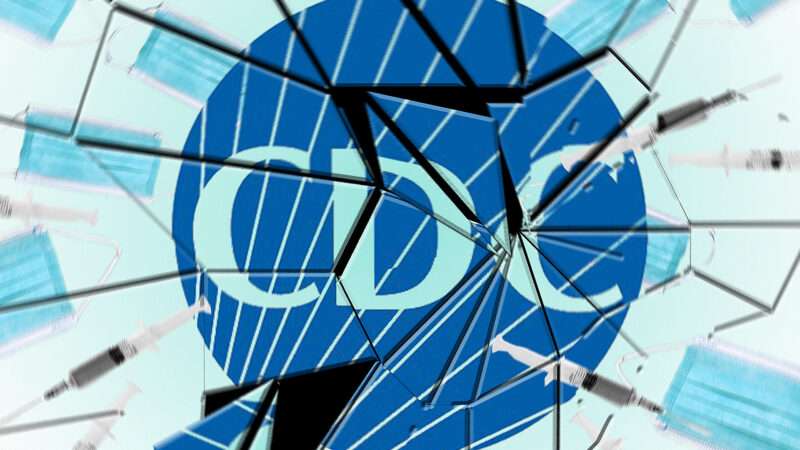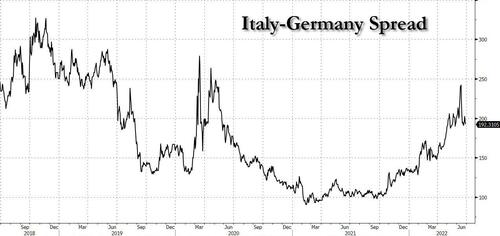The Supreme Court hasn’t made clear whether such a constitutional right to be free from government disclosure of private information (as opposed to the indubitably existing right to be free from unreasonable searches), even setting aside the Dobbs debate; see NASA v. Nelson (2011). But some lower courts have recognized it, see, e.g., Marsh v. County of San Diego (9th Cir. 2012), and this morning’s decision by Judge Matthew Kennelly (N.D. Ind.) in Logan v. City of Evanston follows Seventh Circuit precedent on this point:
… Evanston Police Chief Demitrous Cook … published onto his personal Snapchat story several photos of individuals who were of interest in Evanston police investigations. Cook also published these individuals’ dates of birth and last known addresses. Some of the individual photos had comments like “in custody” or “DOA” (dead on arrival) handwritten next to the image. The word “pending” appeared next to Logan’s identifying information, and “HIV” was handwritten next to his image…. Social media users who saw Cook’s story subsequently shared the photos and personal information on Facebook and through text messages. Days later on February 22, Logan took an HIV test, which was negative, to rebut the perceived public belief that he might have HIV.
On February 21, 2020, after Cook was informed that the pictures had been shared by members of the public, he removed them from his Snapchat story and issued a public statement regarding the incident. He stated that the individuals whose information he shared were subjects previously identified in Evanston Police Department investigations and that the photos were taken to assist him with an investigation. He further stated that he did not realize that photos taken with the Snapchat app could be made public with a single click. The Evanston city manager suspended Cook for three days because of the incident….
The court allowed Logan to proceed on his substantive due process right to privacy claim:
The Seventh Circuit has “recognize[d] a constitutional right to the privacy of medical, sexual, financial, and perhaps other categories of highly personal information” under the Fourteenth Amendment. Wolfe v. Schaefer (7th Cir. 2010). This protection extends to medical “information that most people are reluctant to disclose to strangers.” Accordingly, Logan’s claim is based on Cook’s public disclosure of his supposed HIV status on Snapchat without his permission….
Cook contends that because Logan was not actually HIV positive and did not have a pending HIV test, the “pending” and “HIV” text above and next to his photo did not actually contain confidential information subject to constitutional protection. In other words, Cook says that he is claimed to have published false medical information about Logan and that this does not amount to actionable publication of private medical information under the Fourteenth Amendment according to Supreme Court precedent.
See Paul v. Davis (1976) (concluding that defamation by a municipal employee was not actionable under Fourteenth Amendment).
Cook’s argument amounts to the proposition that if a public official discloses personal medical information about an individual that is accurate, the official violates the Constitution, but if he discloses false medical information about an individual, he does not. This is a Catch-22 argument that does not carry the day. First of all, Cook’s reliance on Paul v. Davis is misplaced. In that case, the Supreme Court emphasized that the plaintiff’s claim did not touch upon “a sphere contended to be ‘private'”; rather, the plaintiff’s claim was premised on the state publicizing an official arrest record. Here, in contrast, Logan’s claim involves information falling squarely within a private sphere….
At bottom, a government official can infringe a person’s right to keep his medical information private even if the medical information the official discloses about him is false. The Court concludes that a reasonable jury could find that Cook violated Logan’s due process rights in publishing the photo and the text next to it.
Cook’s argument for qualified immunity also falters on the clearly established prong. To demonstrate that a right was clearly established at the time of the alleged violation, either Supreme Court or Seventh Circuit precedent must exist that would have put the official on notice.”A right is clearly established when it is ‘sufficiently clear that every reasonable official would have understood that what he is doing violates that right.'”
Qualified immunity “does not require a case directly on point for a right to be clearly established, [but] existing precedent must have placed the statutory or constitutional question beyond debate.” The law was clearly established by February 2020 that there is a substantive due process right to medical privacy. The Seventh Circuit “has outlined a clearly established ‘substantial’ right in the confidentiality of medical information that can only be overcome by a sufficiently strong state interest.” Though not controlling for the purpose of notice or precedent, this case is similar to Grimes v. County of Cook (N.D. Ill. 2020), in which this Court’s colleague, Judge Gary Feinerman, overruled on a motion to dismiss a defense of qualified immunity asserted in response to a claim based on a government official’s public disclosure of the plaintiff’s private transgender status. Logan’s HIV status is confidential medical information just as Grimes’s transgender status was, and governing precedent put Cook on notice that publicly sharing such information could violate the Fourteenth Amendment. Because Cook has not offered a countervailing state interest that would otherwise justify disclosure, he is not entitled to summary judgment based on qualified immunity.
And the court rejected Logan’s state law defamation claim:
“Illinois courts have long held that executive branch officials of state and local governments cannot be civilly liable for statements within the scope of their official duties.” The sole consideration regarding the [absolute] immunity’s scope is “‘whether the statements made were reasonably related’ to the official’s duties,” meaning the immunity can cover defamatory statements.
Logan and Cook disagree over whether Cook was acting within the scope of his official duties. Cook points out that he was investigating a crime and taking photos of persons potentially involved in the crime and contends this falls within the authority of a police chief. Logan, in contrast, characterizes the incident more narrowly and focuses on the fact that the photos were published on Cook’s personal Snapchat account.
Logan’s characterization of the incident disregards the surrounding context. All that is necessary for immunity to attach is that the statements were “reasonably related” to the officer’s authority. Logan does not dispute that the photos “were job related as part of the investigation that Cook was conducting.” This concession is dispositive.
The Court concludes that Cook is entitled to absolute immunity under state law on Logan’s defamation claims against him.
The court rejected Logan’s race discrimination claim:
Logan, who is Black, has not provided evidence of Cook’s intent to discriminate based on race…. Although Cook only published photos of Black men, the undisputed facts show that this was because all of the men under investigation in the particular case were Black. Logan’s assertion that Cook also had mugshots of white individuals but chose not to publish them is not supported with a citation to any evidence, nor has the Court found any support for the assertion in the record….
And the court rejected “Logan’s Fourth Amendment claim because that constitutional provision does not provide a general right to privacy.”
The post Substantive Due Process Right to Privacy in Medical Information appeared first on Reason.com.
from Latest https://ift.tt/x3yEL6t
via IFTTT


